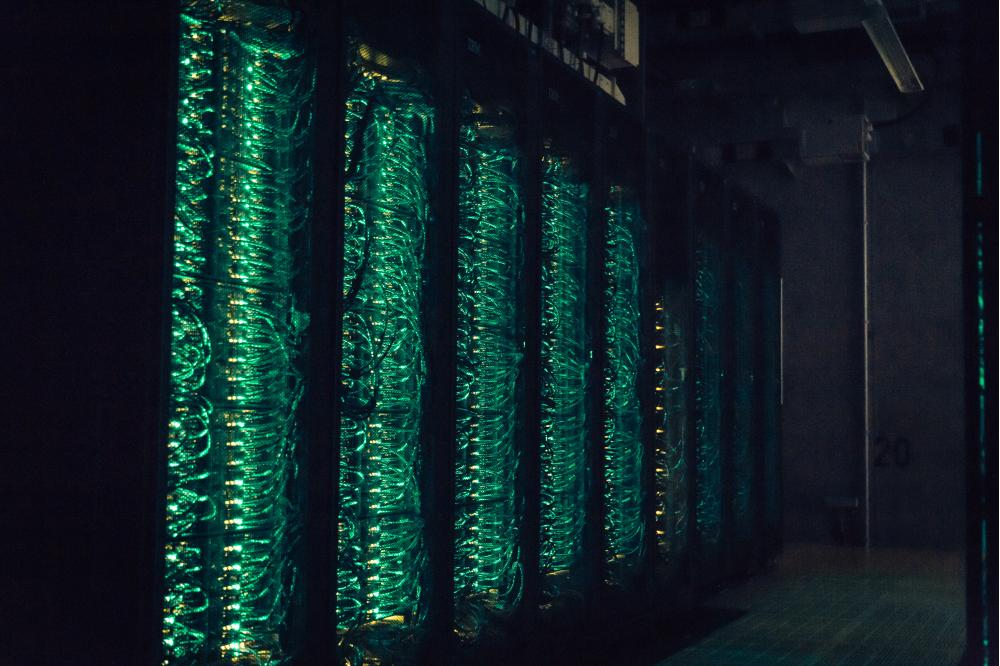Investigation of the Phase Separation Process of Polymer-Monomer Mixtures
Einleitung
The low-density polyethylene polymerization process takes place at high pressure and temperatures. Knowledge of the processes inside the reactor and the separation process can lead to better understanding of the entire process. The separation process of the LDPE polymerization process consists of two consecutive flash separation vessels. The first separation vessel, the so-called high-pressure separator (HPS) operates at pressures between 300 and 200 bar and at temperatures around 250 °C, while the second flash separator operates around ambient pressure. During previous simulation studies, it has been found, that the low-pressure separator operates at thermodynamic equilibrium conditions, which is not the case for the HPS. Therefore, a time-dependent simulation approach has to be taken when modeling the HPS. As modeling approach, molecular dynamics simulation was used. To accurately represent an experimental molecular weight distribution, a large number of polymers and therefore also a large number of monomers have to be simulated.
Methoden
To describe the separation process, which can be divided into different phases (formation of polymer droplets, formation of monomer bubbles inside polymer droplets, coalescence and growth of monomer bubbles and coalescence of polymer droplets to a polymer-rich phase), molecular dynamics simulations are applied. Hereby the focus is set on the simulation of the pressure drop between reactor and HPS and the observation of the formation and growth of monomer bubbles inside the polymer network.
Ergebnisse
At this stage of the project, the first simulations with one mixture of polymer and monomer have been performed. The focuses of the first simulations were the establishment of a simulation procedure where the simulation method itself does not have an impact on the results as well as to establish a time-efficient evaluation method. Both goals have been archived by simulating the same system for a different amount of time steps as well as different starting positions of the atoms yielding the same results. Hereby it was found that the formation of monomer bubbles as well as the growth of these bubbles are solely dependent on the pressure, not on the starting point or the amount of timesteps simulated. The next step concerned the generation of first results. Hereby, the same system used for the evaluation of the simulation method was used. However, more timesteps were recorded to obtain more pressure dependent information. For the first polymer-monomer mixture, the average bubble growth depending on the pressure has been determined. In addition, the influence of branching of the polymer was evaluated, which is still ongoing.
Diskussion
In first simulations, it has been shown that bubble growth inside a polymer network can be modeled using molecular dynamics simulations. To evaluate the influence of branching of the polymer, simulations will be performed using fictional non-realistic polymers without branching as well as an extremely high branching density. The goal of these simulations will be to determine if there is a correlation between branching density of the polymer and bubble growth during the separation process.




